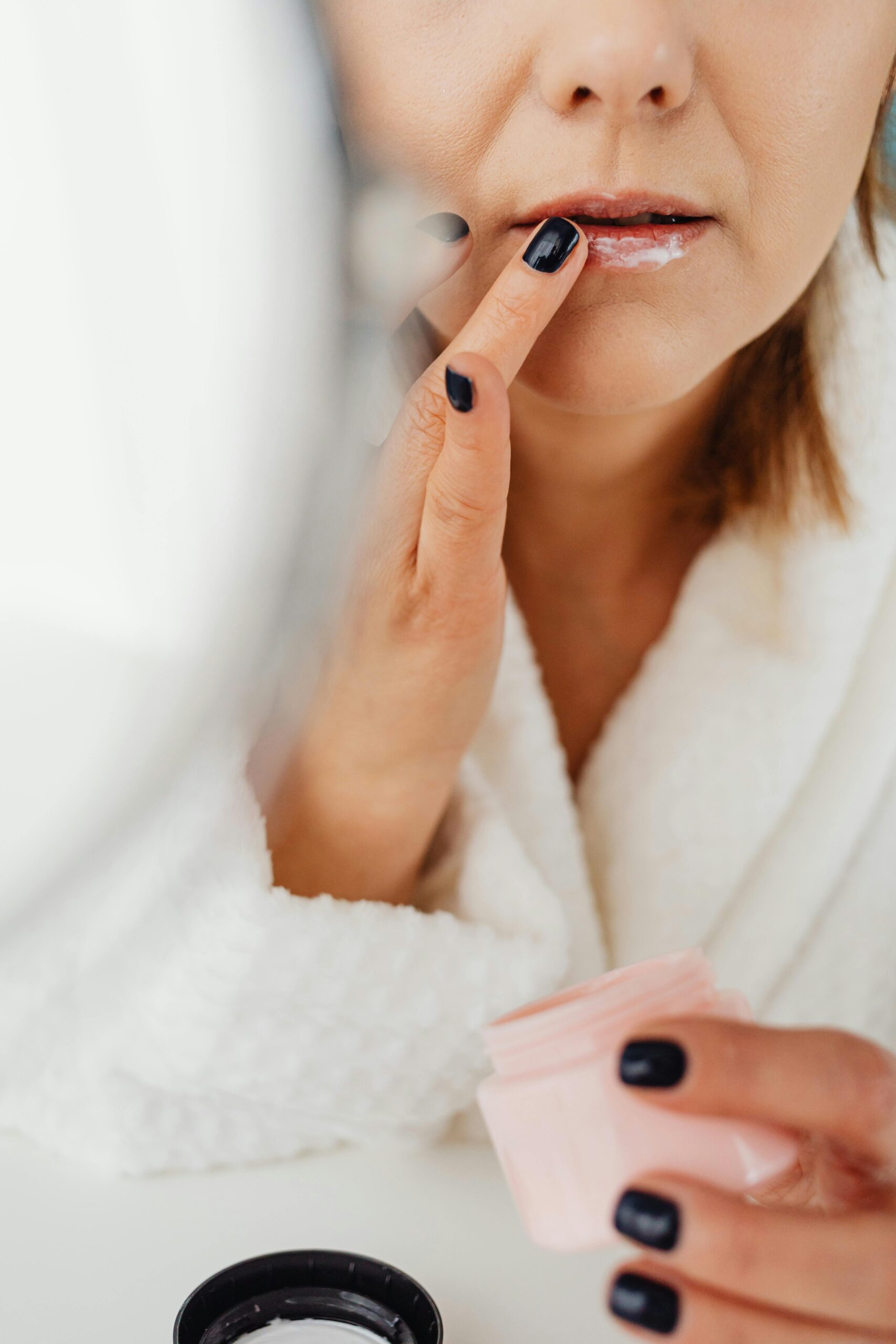Homemade skincare treatments have gained popularity in recent years as people become more conscious of the ingredients they are putting on their skin. Many commercial skincare products contain harsh chemicals and preservatives that can be harmful to the skin in the long run. By making your own skincare treatments at home, you have full control over the ingredients, ensuring that they are natural and beneficial for your skin. Additionally, homemade skincare treatments can be cost-effective and personalised to your specific skincare needs. Whether you are looking to combat acne, reduce signs of ageing, or simply maintain healthy and glowing skin, creating your own skincare products can be a rewarding and empowering experience.
Step 1: Identify Your Skincare Needs and Goals
The first step in creating homemade skincare treatments is to identify your specific skincare needs and goals. Take some time to assess your skin type, whether it’s oily, dry, combination, or sensitive. Consider any specific skin concerns you may have, such as acne, fine lines, or hyperpigmentation. Understanding your skin’s needs will help you tailor your homemade skincare recipes to address these concerns effectively. For example, if you have oily skin, you may want to focus on creating products that help control excess oil production and prevent breakouts. On the other hand, if you have dry skin, you may want to incorporate ingredients that provide deep hydration and nourishment. By identifying your skincare needs and goals, you can create a targeted and effective homemade skincare routine that caters to your individual skin type and concerns.
Once you have identified your skincare needs and goals, it’s important to research and gather the right ingredients for your homemade skincare treatments. Look for natural and organic ingredients that are known for their skincare benefits. For example, ingredients like aloe vera, coconut oil, honey, and essential oils are popular choices for homemade skincare products due to their moisturising, soothing, and antibacterial properties. Consider the specific benefits of each ingredient and how they can address your skincare concerns. Additionally, be mindful of any allergies or sensitivities you may have to certain ingredients and choose alternatives accordingly. Gathering high-quality ingredients is essential for creating effective homemade skincare treatments that deliver the desired results.
Step 2: Research and Gather Ingredients
Researching and gathering ingredients for your homemade skincare treatments is a crucial step in ensuring the effectiveness and safety of your products. Start by researching the benefits of various natural ingredients commonly used in skincare, such as shea butter, jojoba oil, rosehip oil, and green tea extract. Each ingredient has unique properties that can address specific skincare concerns, so it’s important to understand how they work and which ones are best suited for your needs. Consider factors such as the skin type each ingredient is most suitable for, its potential side effects or interactions with other ingredients, and its shelf life. Additionally, look for reputable suppliers that offer high-quality, organic ingredients to ensure the potency and purity of your homemade skincare products.
Once you have researched the benefits of different ingredients, it’s time to gather them for your homemade skincare treatments. Make a list of the ingredients you need for each product you plan to make, taking into account their specific benefits and how they complement each other. Consider purchasing ingredients in small quantities initially to test out different recipes and find what works best for your skin. Look for suppliers that offer a wide range of natural and organic ingredients, including carrier oils, essential oils, butters, waxes, and botanical extracts. By gathering high-quality ingredients from reliable sources, you can create homemade skincare treatments that are both effective and safe for your skin.
Step 3: Create and Test Your Skincare Recipes
With your researched and gathered ingredients in hand, it’s time to start creating and testing your homemade skincare recipes. Begin by selecting a few simple recipes to start with, such as a facial cleanser, moisturiser, or face mask. Follow the recipes carefully, measuring out the ingredients precisely to ensure the right balance of active components. As you mix the ingredients together, take note of the texture, scent, and consistency of the product to ensure it meets your expectations. Consider experimenting with different combinations of ingredients to customise the recipes according to your skin’s needs.
After creating your homemade skincare products, it’s important to test them on a small patch of skin before applying them to your face or body. This will help you determine if you have any allergic reactions or sensitivities to the ingredients. Perform a patch test by applying a small amount of the product to the inside of your wrist or elbow and waiting 24-48 hours to see if any adverse reactions occur. If the test is successful and you experience no irritation or redness, you can proceed to use the product as part of your skincare routine. However, if you do experience any negative reactions, consider adjusting the recipe or replacing certain ingredients with milder alternatives.
Step 4: Application and Storage Tips
Once you have created and tested your homemade skincare treatments, it’s important to understand how to properly apply and store them for optimal results. When applying your homemade products, start with clean hands and a freshly cleansed face to ensure maximum absorption of the active ingredients. Gently massage the products into your skin using upward motions to promote circulation and enhance their effectiveness. Be mindful of any specific instructions for each product, such as leaving a face mask on for a certain amount of time or using a moisturiser both morning and night.
In terms of storage, homemade skincare treatments should be kept in airtight containers away from direct sunlight and extreme temperatures to preserve their potency. Consider using dark glass jars or bottles to protect the products from light exposure, which can degrade certain ingredients over time. Label each container with the date of creation and the expiration date based on the shelf life of the ingredients used. Additionally, store your homemade skincare products in a cool, dry place to prevent bacterial growth and maintain their freshness. By following these application and storage tips, you can ensure that your homemade skincare treatments remain effective and safe for use over time.
Step 5: Evaluate and Adjust Your Skincare Routine
After using your homemade skincare treatments for a period of time, it’s important to evaluate their effectiveness and make any necessary adjustments to your skincare routine. Pay attention to how your skin responds to the products, noting any improvements in texture, tone, or clarity. Consider taking before-and-after photos to track changes in your skin’s appearance over time. If you are not seeing the desired results or if you experience any adverse reactions, it may be necessary to adjust the recipes or try different combinations of ingredients.
In addition to evaluating the effectiveness of your homemade skincare treatments, consider other factors that may impact your skin’s health, such as diet, lifestyle habits, and environmental influences. Maintaining a balanced diet rich in fruits, vegetables, and healthy fats can contribute to overall skin health. Similarly, staying hydrated, getting enough sleep, and managing stress levels can also have a significant impact on the appearance of your skin. By taking a holistic approach to skincare and addressing internal as well as external factors, you can achieve optimal results with your homemade skincare routine.
Enjoy the Benefits of Your Homemade Skincare Treatments
In conclusion, creating homemade skincare treatments can be a rewarding and empowering experience that allows you to take control of what you put on your skin. By following the steps outlined in this guide – from identifying your skincare needs and goals to researching and gathering ingredients, creating and testing recipes, applying and storing products effectively, and evaluating and adjusting your skincare routine – you can enjoy the benefits of natural and personalised skincare solutions. Homemade skincare treatments offer a natural alternative to commercial products that may contain harsh chemicals and preservatives, providing a gentle yet effective approach to achieving healthy and radiant skin.
As you embark on your journey of creating homemade skincare treatments, remember that patience and consistency are key. It may take some time to find the right combination of ingredients that work best for your skin, so be open to experimenting with different recipes until you find what suits you best. Embrace the process of learning about natural ingredients and their benefits for your skin, and enjoy the satisfaction of creating products tailored specifically to your needs. With dedication and care, you can achieve glowing and healthy skin with the help of homemade skincare treatments.
If you’re interested in creating your own homemade skincare treatments, you might also want to check out this article on managing acne-prone skin. It provides valuable tips and advice for dealing with acne and maintaining healthy skin.
FAQs
What are the benefits of homemade skincare treatments?
Homemade skincare treatments can be beneficial as they often use natural ingredients that are gentle on the skin and free from harsh chemicals. They can also be cost-effective and tailored to individual skin needs.
Are homemade skincare treatments suitable for all skin types?
Homemade skincare treatments can be suitable for most skin types, but it’s important to be mindful of any allergies or sensitivities to specific ingredients. It’s always best to do a patch test before applying any new homemade treatment to the face or body.
What are some common ingredients used in homemade skincare treatments?
Common ingredients used in homemade skincare treatments include natural oils (such as coconut oil, olive oil, and almond oil), honey, yogurt, oats, fruits (such as avocado and banana), and essential oils (such as lavender and tea tree oil).
How can I create my own homemade skincare treatments?
To create your own homemade skincare treatments, you can start by researching recipes and ingredients suitable for your skin type. Then, gather the necessary ingredients, follow the recipe instructions, and store the treatments in airtight containers for future use.
Are there any risks associated with using homemade skincare treatments?
While homemade skincare treatments can be beneficial, there are some risks to be aware of, such as potential allergic reactions to certain ingredients. It’s important to research ingredients thoroughly and do a patch test before using any homemade treatment on a larger area of the skin. If in doubt, consult a dermatologist or skincare professional.




